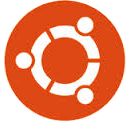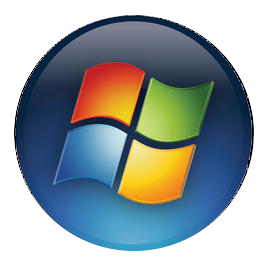GTK 3rd party
GTK2+ can be used for the image display under Linux, OSX and Windows. GTK2+ is licensed under the terms of the GNU LGPL v2.1 license. GTK2+ is one of the optional 3rd parties supported by ViSP gui module.
You need to install the GTK2+, GLib, Pango, ATK and Cairo libraries if you want to use vpDisplayGTK, a class to display ViSP images.
All the requested libraries are usually already installed on a Linux machine. If not, it can be retrieved from http://www.gtk.org. It is also possible to install GTK from existing packages.
Hereafter we provide installation instructions for the following OS:
 |
 |
 |
 |
 |
 |
| Ubuntu | Debian | Fedora | RedHat | OSX | Windows |
Ubuntu or debian installation
On Linux Debian or Ubuntu you may install the library with apt-get using:
sudo apt-get install libgtk2.0-dev libglib2.0-dev libpango1.0-dev libatk1.0-dev libcairo2-dev
Fedora or RedHat installation
On Fedora or RedHat, you may install the library with yum:
su -c "yum install gtk2-devel glib2-devel pango-devel atk-devel cairo-devel"
Mac OSX installation
On OSX you may install with homebrew:
brew install gtk
Windows installation
In order to compile ViSP with GTK2+ support, the simplest way is to download a GTK2+ development environment installer from the Glade website http://gladewin32.sourceforge.net.
Another solution is to download the precompiled binaries (development version) of the following libraries : GTK2+, GLib, Pango, ATK and Cairo. These files are available from http://www.gtk.org/download-windows.html (the ones with dev in their name). They must all be extracted in the same folder (lets say a folder called libraries). This folder should contain folders like lib and include.
If you have installed the libraries in C:\GTK then ViSP should detect them. If not, or if you have a different GTK libraries path, the next step is to use the Windows Control Panel to add an environment variable called GTK2_HOME which points to this folder.
Then you have to execute CMake and start the compilation.
